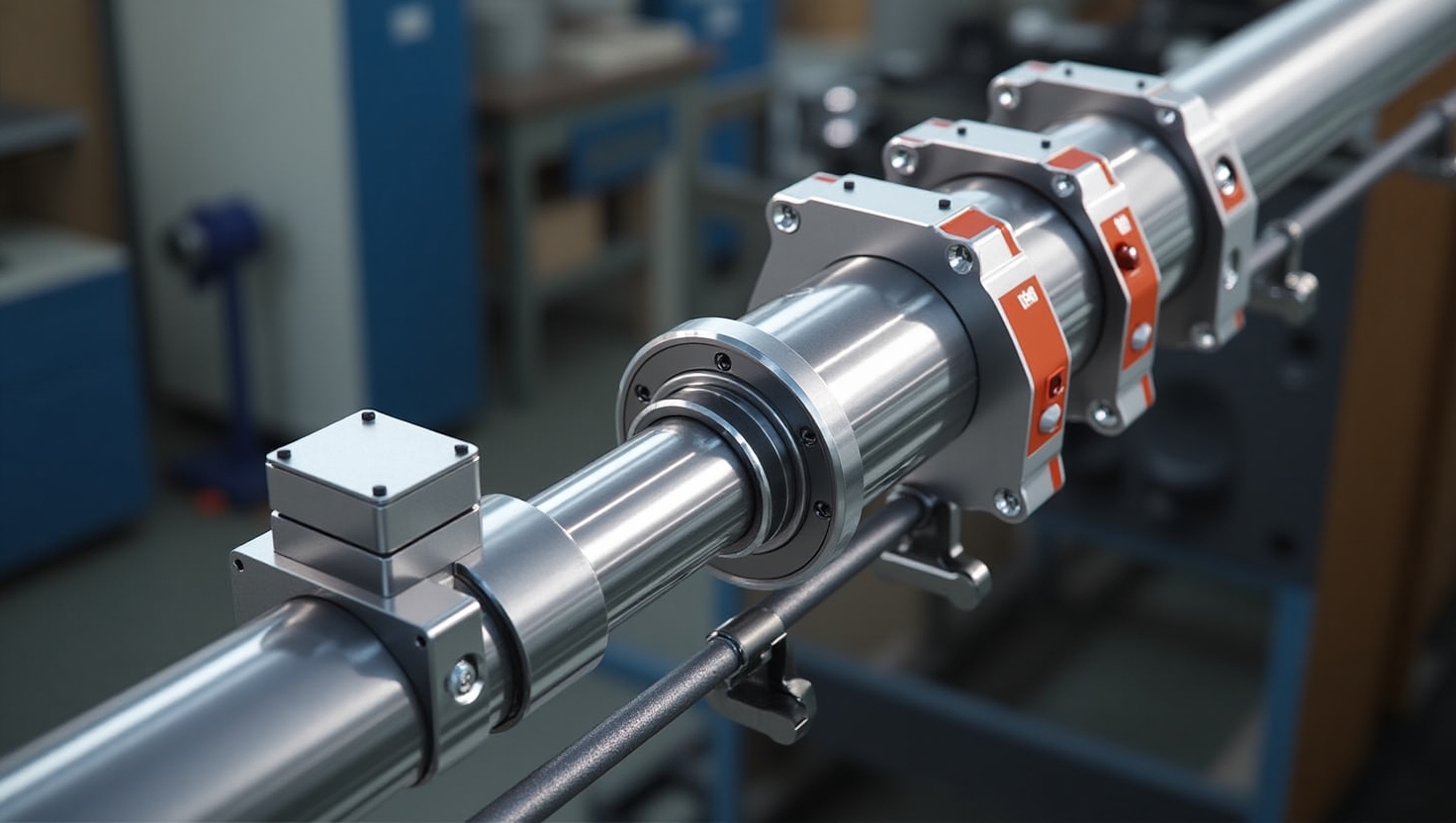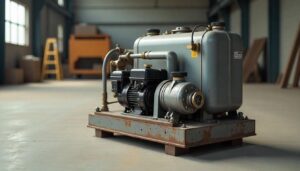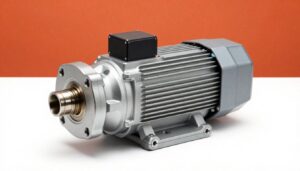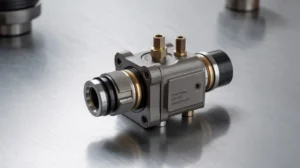Hydraulic cylinders are the main component in machines that are used in different industries, like construction, manufacturing, and agriculture. These cylinders help control motion by creating a linear force, which makes them essential in systems that need lifting, pushing, or pressing. However, to get the most out of a hydraulic cylinder, accurate control is very important. That’s where the Linear Position Sensor for Hydraulic Cylinders comes into light.
A linear position sensor for hydraulic cylinder helps to monitor and measure how far the cylinder moves, giving real-time data for better performance and efficiency. Proper cylinder position monitoring can help you reduce wear, improve safety, and prevent system errors. Installing a linear position sensor and hydraulic cylinders can improve the accuracy and reliability of a demanding environment, such as while upgrading older equipment or building new systems.
In this blog, we will explore how installing position sensors can improve accuracy. We will also try to understand why accuracy matters in hydraulic cylinders and the common challenges that can impact the performance of cylinders. So, let’s get started.
Understanding Linear Position Sensors
Linear position sensors are devices used to measure straight-line displacement between an object and a reference point. These devices provide accurate, real-time feedback on movement and position changes, making them important for precision-based uses. These sensors are commonly referred to as linear displacement transducers or engineer position transducers.
The sensors are available in various technologies, such as potentiometric and inductive linear position sensors that support a high level of accuracy across different levels of industries. One of the major roles is cylinder position monitoring, which optimizes the control of the hydraulic system by offering precise position feedback. They enable smooth operations, better system diagnostics, and improved performance.
The linear position sensor for hydraulic cylinders is well-designed for durability and ease of integration. Moreover, they support absolute position, feedback, quick setup, and compatibility with modern control systems. This linear position sensor hydraulic cylinder offers a reliable solution for advanced motion control and automation, whether you are upgrading existing machinery or enhancing a new one.
Why Accuracy Matters In Hydraulic Cylinders
Without proper monitoring, cylinders can overshoot, stall, or drift, leading to reduced performance and potential safety hazards. Industries such as aerospace, manufacturing, and agriculture rely on high-precision movements, making cylinder position monitoring essential for avoiding costly errors and downtime.
Here are several applications that show how installing position sensors can improve cylinder accuracy.
Hydraulic Cylinders In Agriculture
A linear position sensor hydraulic cylinder plays an important role in farming equipment like tractors, loaders, and harvesters. A linear position sensor for hydraulic cylinders powers important operations such as lifting, steering, and implementing control.
Snow Removal Equipment
Snowploughs and salt spreaders rely on robust hydraulic systems for angling, lifting, and blade deployment. During peak winter conditions, hydraulic cylinders integrated with linear position sensors are crucial to maintaining municipal and commercial snow-clearing efficiency.
Automotive Applications
A linear position sensor for hydraulic cylinders is used in automotive lifts, alignment systems, and assembly tools with encouragement and production facilities, supporting safe and precise vehicle handling.
Construction And Concrete Handling
Heavy-duty hydraulic cylinder power pumps, booms, and concrete mixes ensure controlled movement of material on job sites. Reliability is crucial to ensuring the safety of everyone.
How To Install a Linear Position Sensor for Hydraulic Cylinders
Installation of the linear position sensor for hydraulic cylinders depends on the sensor and cylinder design, but typically includes similar steps as mentioned below:
Pre-installation inspection: Verify compatibility with the cylinder and system.
Choose the mounting method: Built-in sensors require factory integration, while external sensors can be added to existing setups.
Secure and align the sensor: Place the sensor properly to avoid misalignment, which can affect accuracy.
Calibrate the system: Adjust and test the sensor output to ensure it reflects the true cylinder position.
Checking Wiring and connections: Secure all electrical components and confirm signal transmission.
Important note: Don’t forget to depressurize the hydraulic system before installation or calibration.
Common Challenges And Troubleshooting Tips
The linear position sensor for hydraulic cylinders is designed for reliability. However, there are still a few common issues that can impact performance. Recognizing challenges at an early stage can help you maintain system efficiency and minimize downtime.
Here are some of the common challenges and troubleshooting tips that can help you detect the problem at an early stage.
Single Interference
Electrical noises from nearby machinery or poor cable shielding can lead to inaccurate readings. To avoid this, use shielding cables, proper grounding, and ensure sensors are distant from high-voltage lines.
Sensor Misalignment
Incorrect sensor mounting or misaligned components can interrupt data or cause the sensor to fail. Always follow manufacturer guidelines and perform thorough alignment checks during installation.
Environmental Exposure
Moisture, extreme temperatures, dust, and vibration can damage position sensors. Choose sensors with appropriate IP ratings and from reliable sources such as THM Huade, and consider additional protective housing required.
While addressing these challenges proactively, you can ensure accurate cylinder position monitoring and extend the life of your sensing system.
Conclusion
Installing linear position sensors for hydraulic cylinders can improve motion, accuracy, system control, and operational reliability. These sensors are an important part of modern hydraulic systems as they reduce equipment downtime and enhance safety and precision. Write a solution for a better position, monitoring the overall system, and efficiency in manufacturing, construction, or automation.
If you are looking for a high-performance linear position sensor hydraulic cylinder, then THM Huade is the one-stop destination for you. Here you can find high-performance hydraulic components, including linear position sensors that can help improve accuracy, extend system life, and support efficient operations. So don’t wait anymore, visit us today!
Frequently Asked Questions
What is the purpose of an opposition sensor?
Position sensors provide position feedback. They can perform precise motion, control, encoding, and counting functions by determining the presence or absence of a target by detecting its motion, speed, or distance.
In which industry are position sensors commonly used?
They are widely used in industrial automation, aerospace, and robotics.
What is a smart position sensor?
A smart sensor is a device that takes input from the physical environment and uses built-in computing resources to perform predefined functions upon detection of specific input and then processes data before passing it on.



